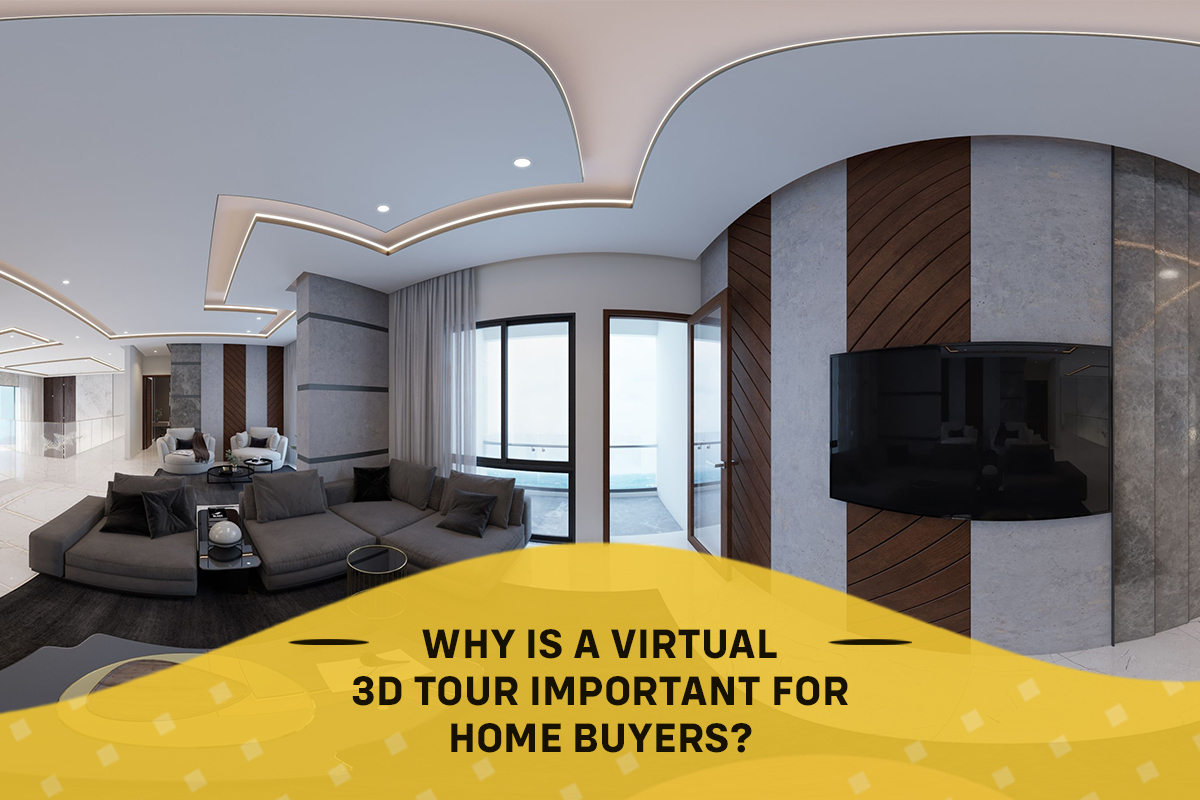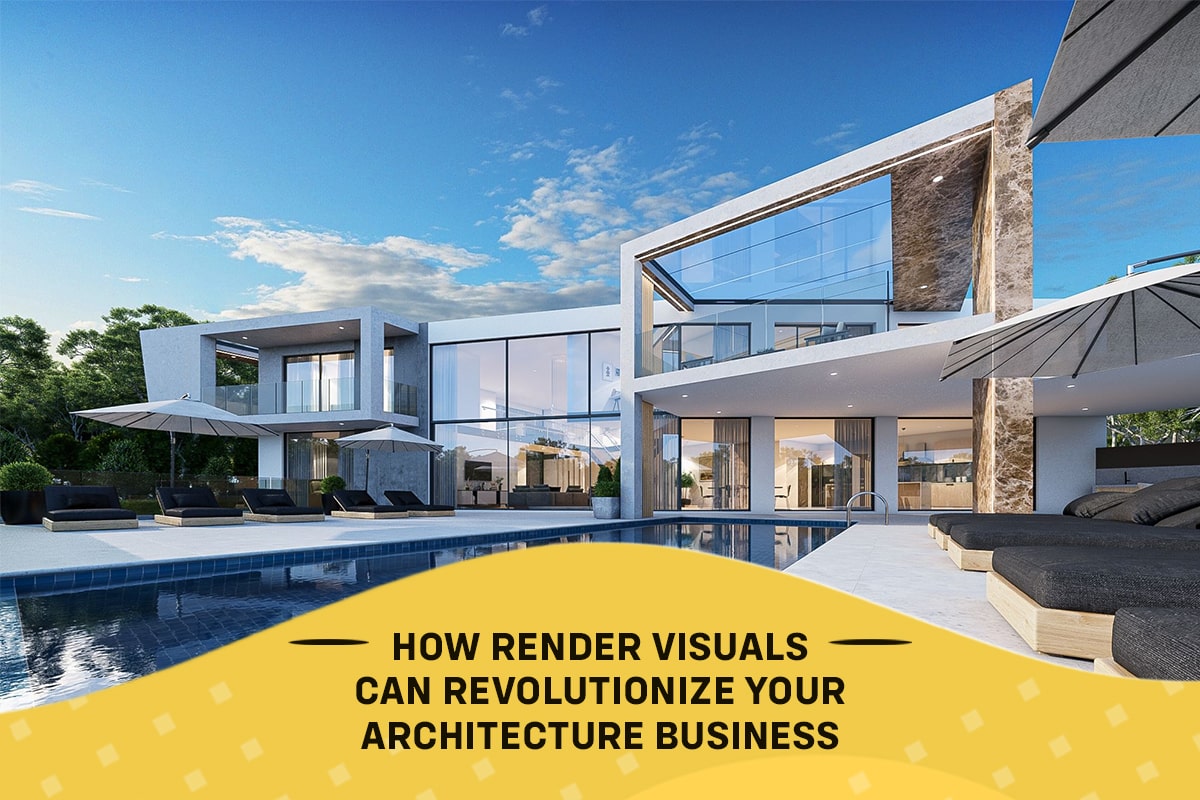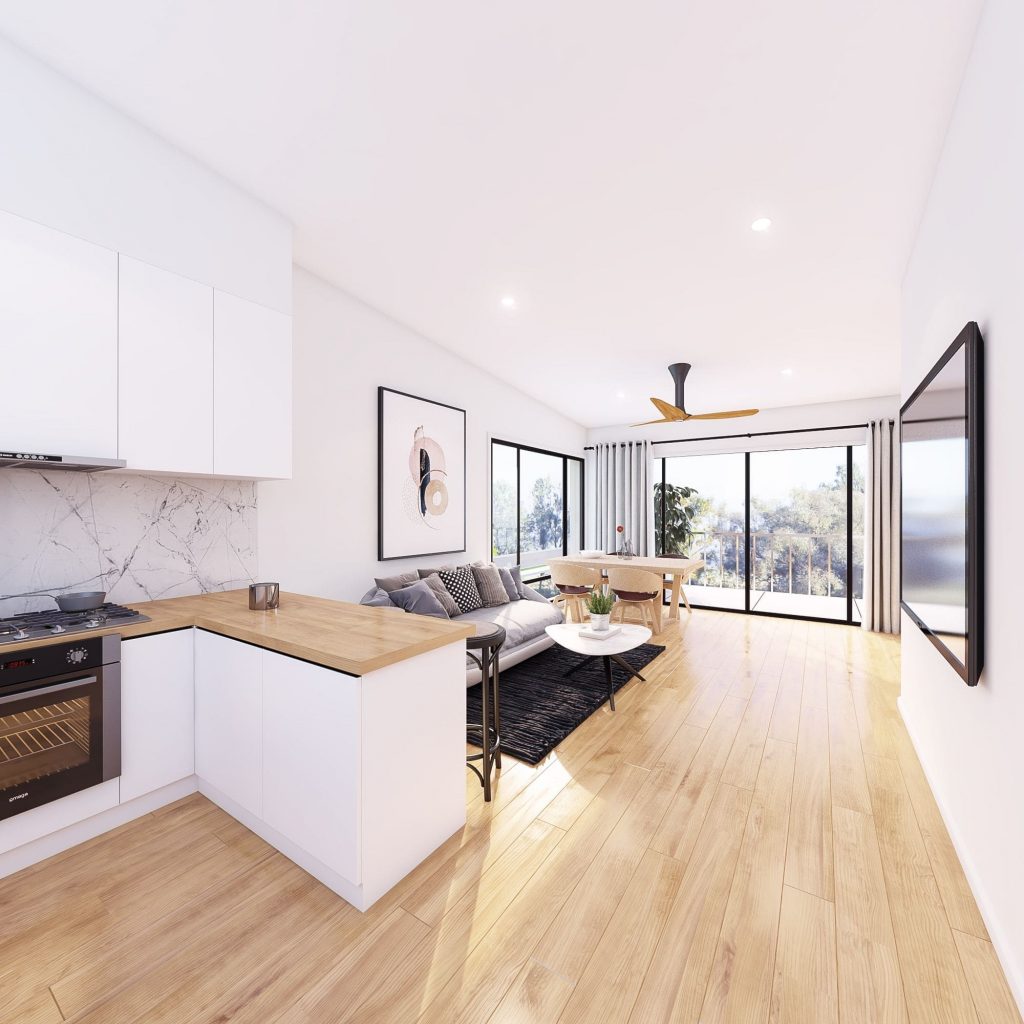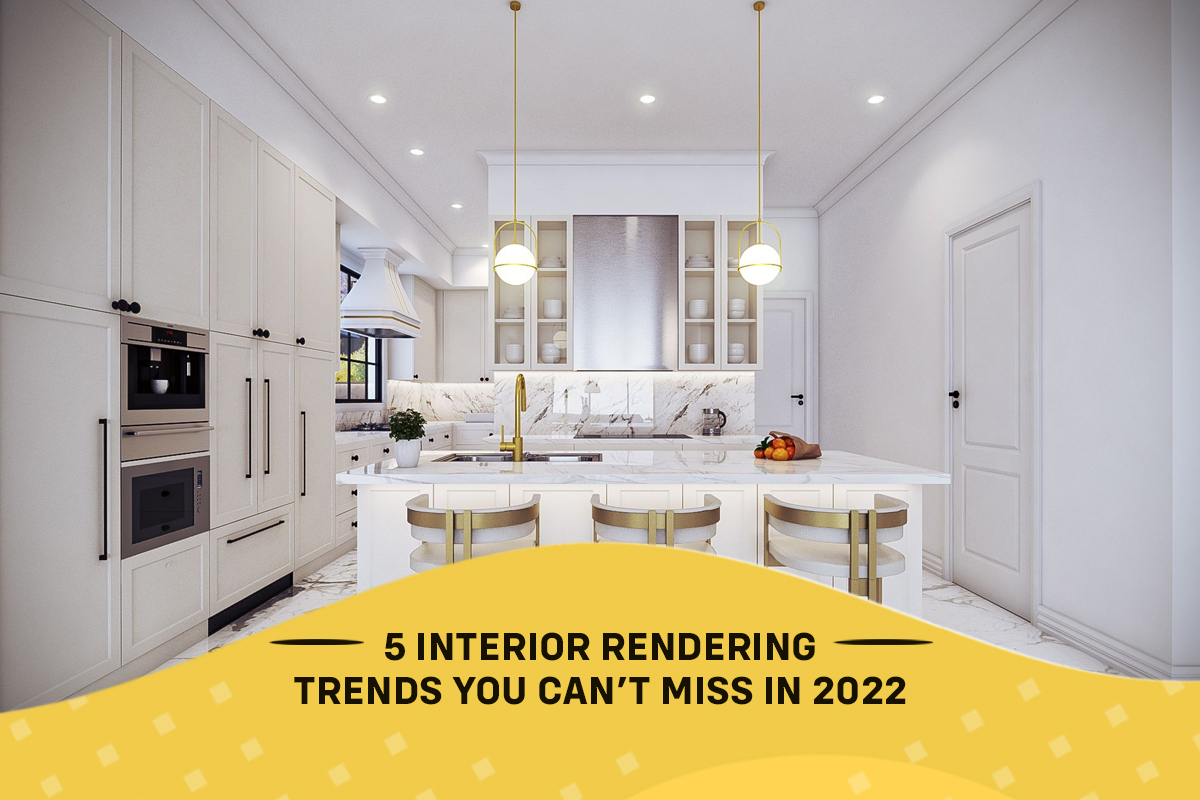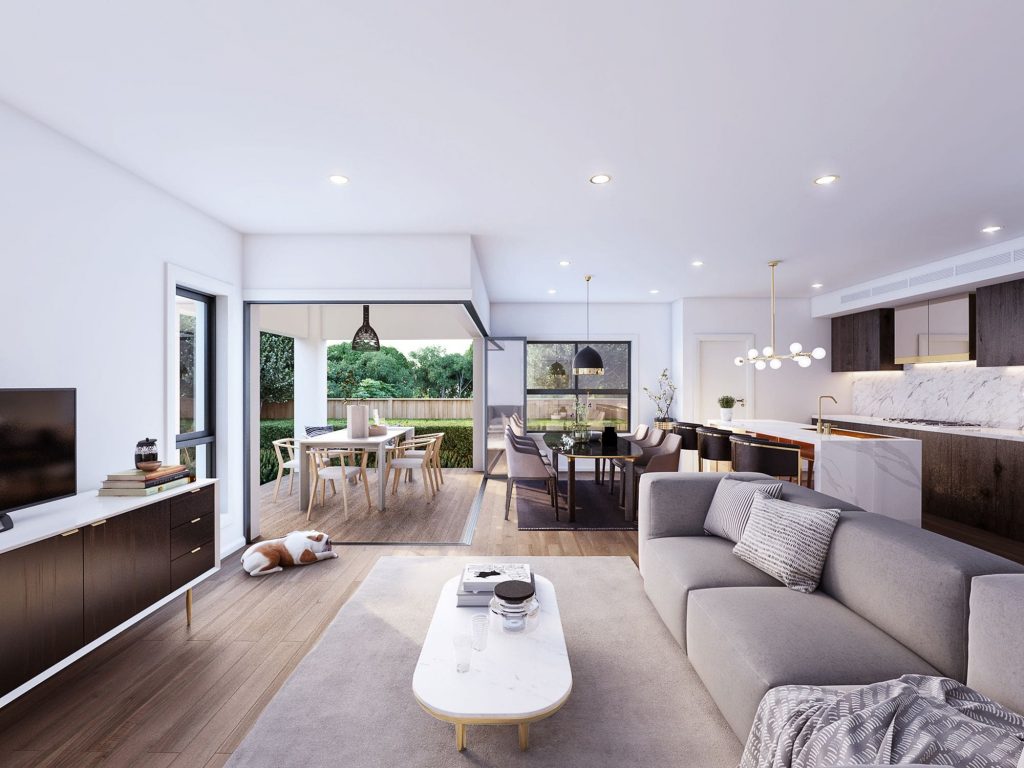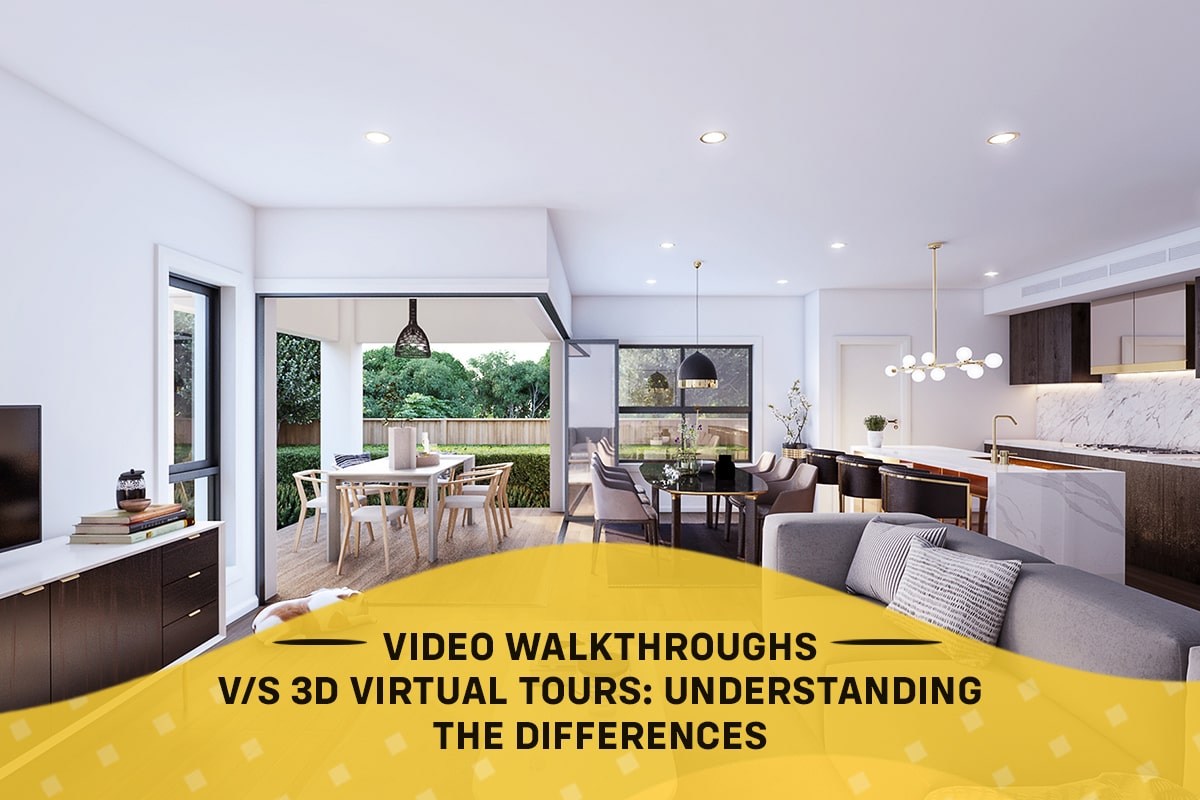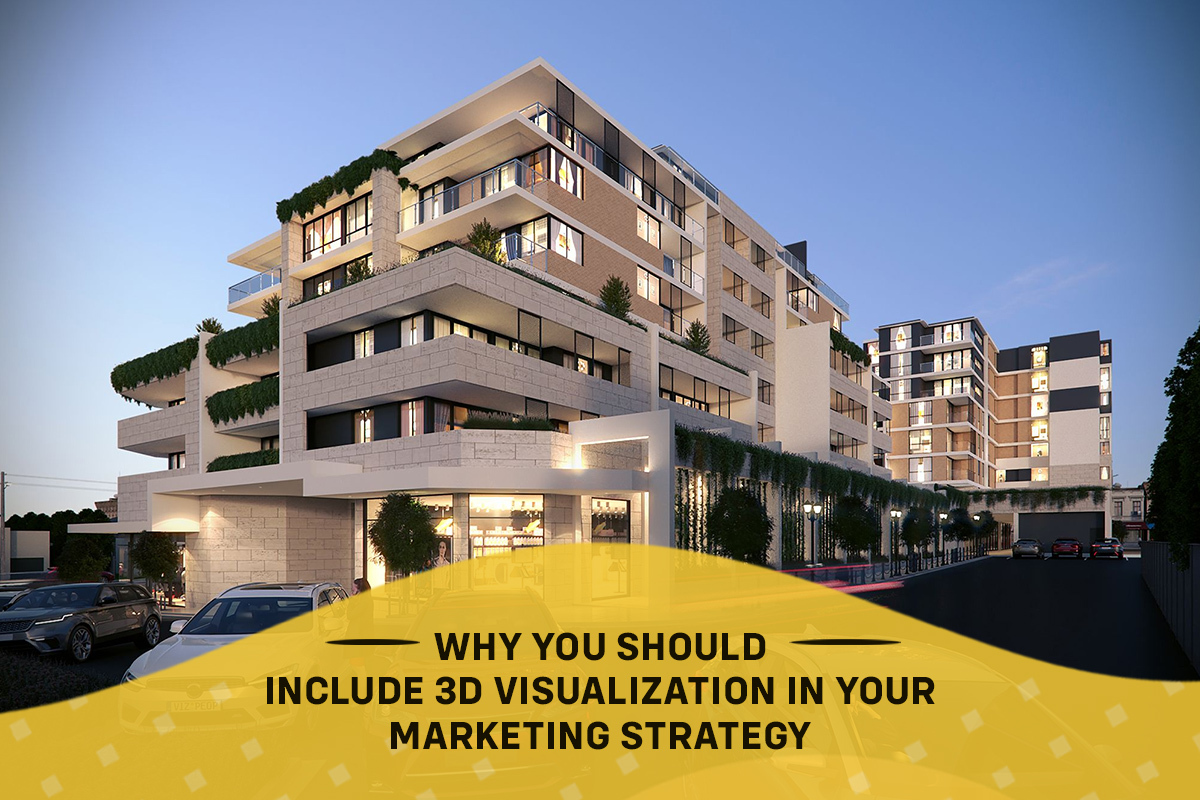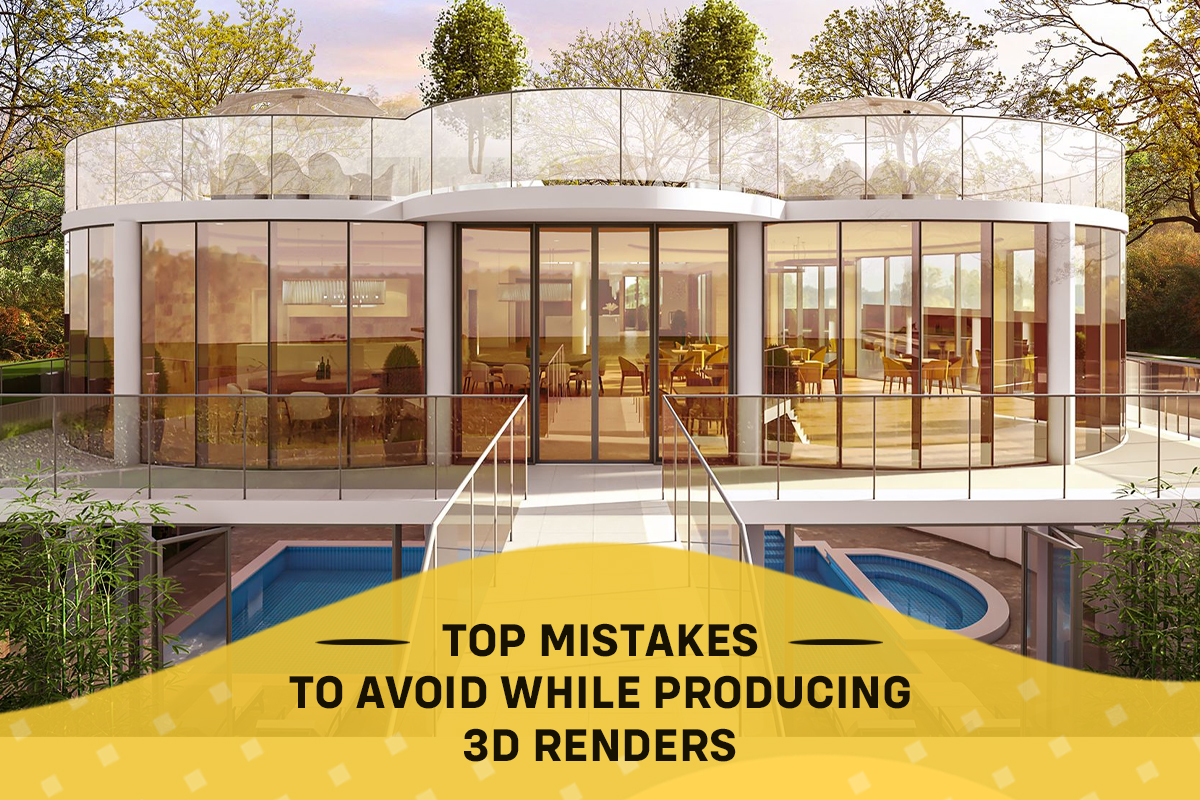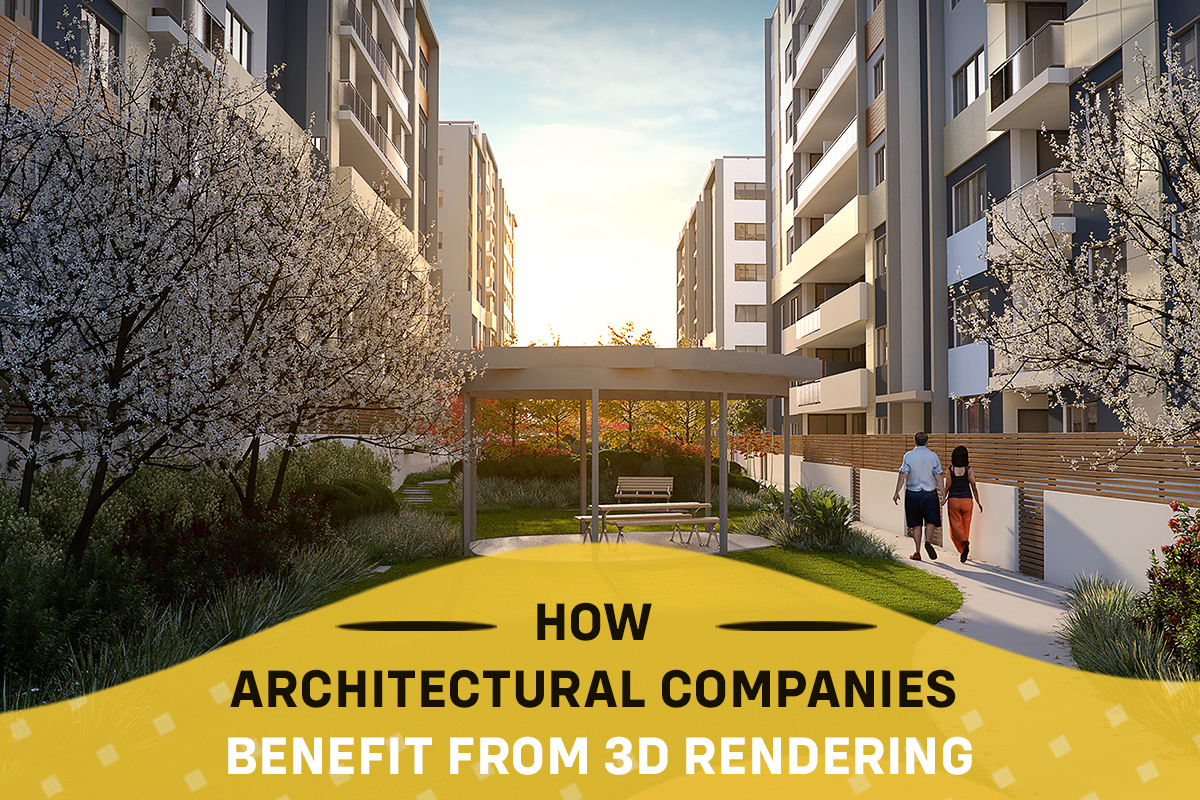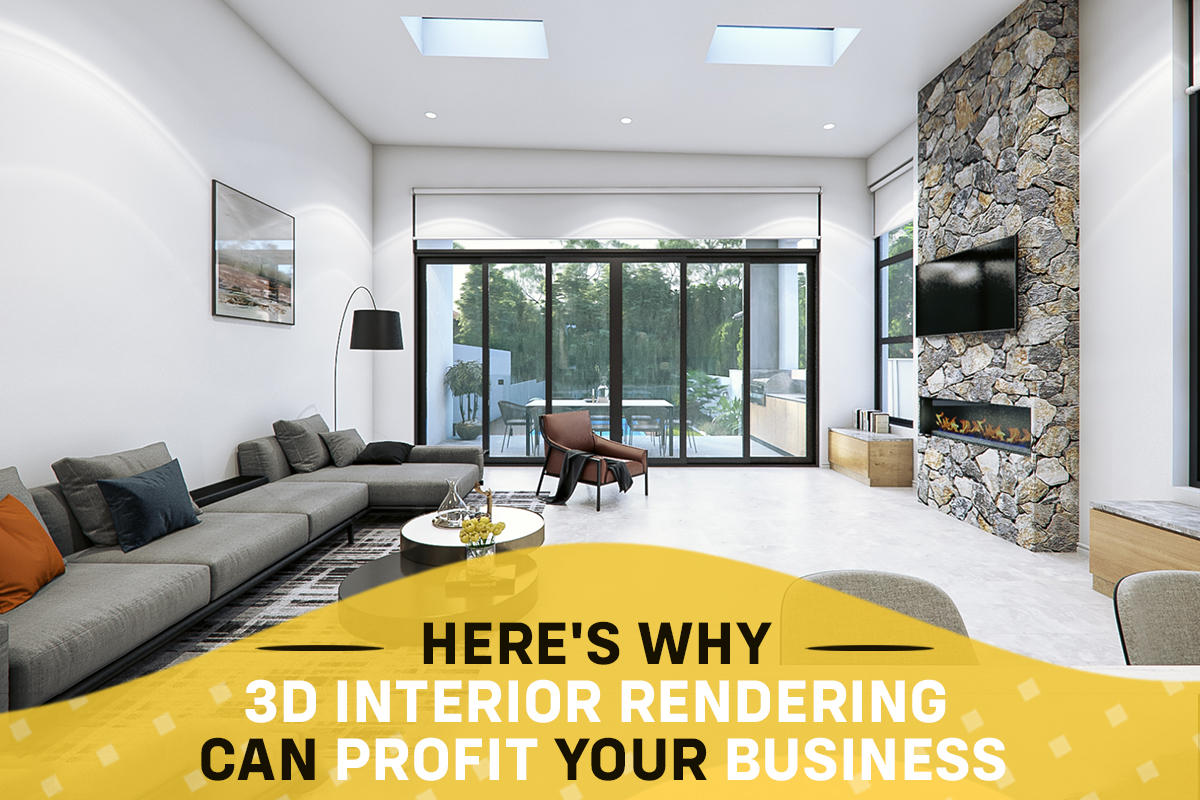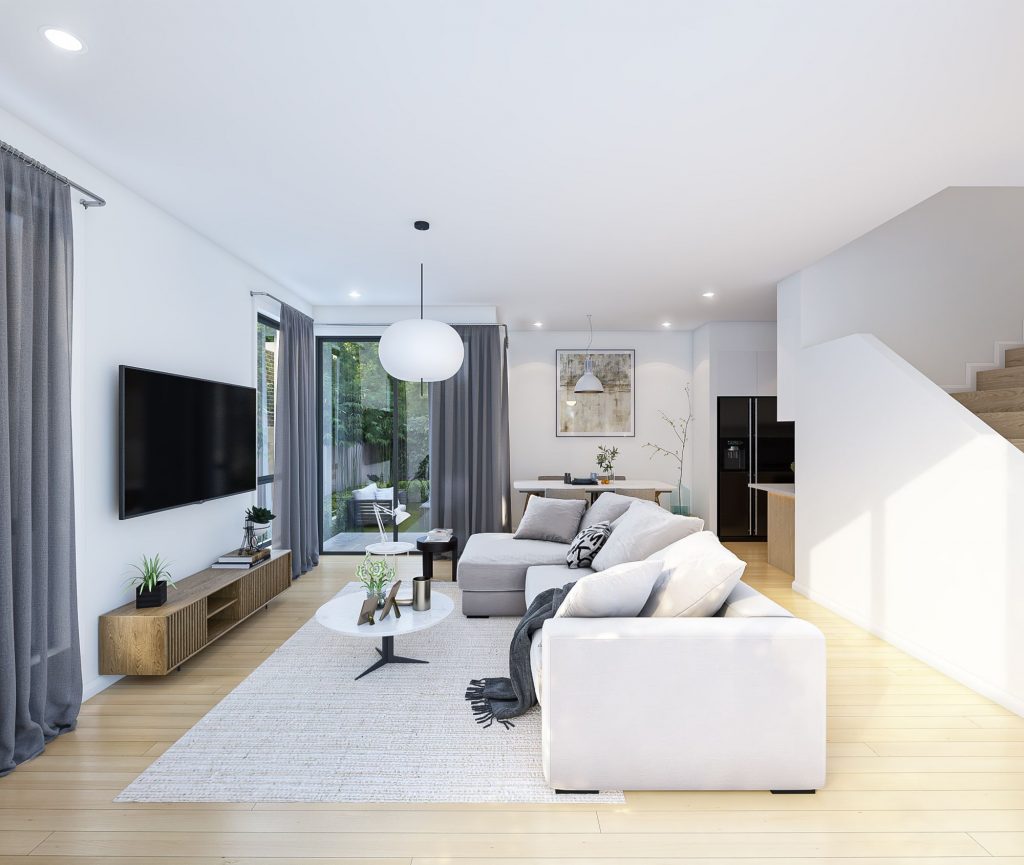As real estate continues to improvise and become dynamic with technological innovations, aerial 3D renderings have become extremely popular among architects and real estate developers. It provides clients with a bird’s eye view of the project and offers the opportunity to exhibit large-scale projects on a broader spectrum.
In this article, we will help you understand why aerial 3D renderings are used in large-scale projects. Before we begin, let’s first understand aerial 3D rendering.
What Are Aerial 3D Renderings?
Aerial rendering, in its simplest form, is a visual representation of buildings and other structures from a bird’s eye view. In order to get the typical aerial views of buildings, photographers must position the camera at a high vantage point (45–60 degrees, to be exact) and shoot downward.
Aerial 3D renderings are similar to traditional 2D drawings, except that artists utilize computer software to provide a visual depiction of your location or building, as seen from above.
Advantages of Using Aerial 3D Renderings for Your Large-Scale Project
There are several advantages of 3D aerial visualizations for your large-scale projects.
1. Reduced Scope of Errors
Errors are less likely to occur in the final product when we have a bird’s eye perspective of everything that needs fixing or improvement. Customers will appreciate how quickly and efficiently you can spot discrepancies and rectify them.
2. Time-Saving
It’s fast, which is crucial for many projects. If you can guarantee high-quality deliverables fast, you’ll have a leg up on the competition. When the site isn’t quite finished, your clients can start advertising with aerial representations.
4. Versatile
Aerial 3D renderings can be used for a variety of purposes, such as laying out the landscape, making beautiful presentations, spotting flaws and abnormalities in the landscape, and serving as the actual scale map of the landscape.
5. Highly Effective
Aerial 3D rendering technology is both effective in increasing the likelihood of a sale and highly visually appealing. If you’re trying to attract purchasers, investors, or developers for a community-based project, for instance, aerial drawings are the way to go.
The ability to mentally place oneself in a potential area is crucial. By showing them what their new community will look like in 3D architectural aerial drawings on billboards and banners, you can instil a sense of trust and security, increasing the likelihood of a sale.
When and Where Would You Use 3D Aerial Renderings for a Large-Scale Project?
The 3D aerial rendering services are not confined to the real estate and property marketing industries. Aerial 3D renderings are used in the construction and real estate sectors for getting a bird’s eye view of large properties, buildings, or plots of land. Furthermore, the property’s natural beauty is highlighted by the following:
- Neighbourhood structures and empty lots
- Landscape
- Terrains
- Roads
- Parking garages
Photos taken from the ground rarely do justice to the architectural splendour of a house or business. Photos shot on the ground don’t do any justice to the scale of a huge mansion or the landscape on a vast plot of land.
Real estate developers might utilize aerial images to demonstrate the property they have at their disposal. Building businesses and investors require precise land measurements before making any plans to construct houses, offices, resorts, parks, stadiums, schools, or any other types of structures. They also need to be well-versed in the local ecology.
The use of 3D aerial rendering technology also helps real estate developers. It can be used to demonstrate to clients the scope of the proposed structure, or it can be used to monitor development.
Also Read : Avoid These Real Estate Rendering Mistakes in Your Next Project
Hire the Best 3D Aerial Renderings Service For Your Project!
If you have a large-scale project in mind, then to get a better understanding of the project, you can hire 3D aerial rendering services. To sum up, aerial 3D renderings are helpful for anybody involved in the real estate industry, including architects, 3D marketers, advertising, investors, developers, agents, customers, and so on. They give you a much better understanding of your projects and help you make sales.
If you require 3D rendering services, we invite you to visit Render Visuals, look through our service options, and learn how we can help you today!



